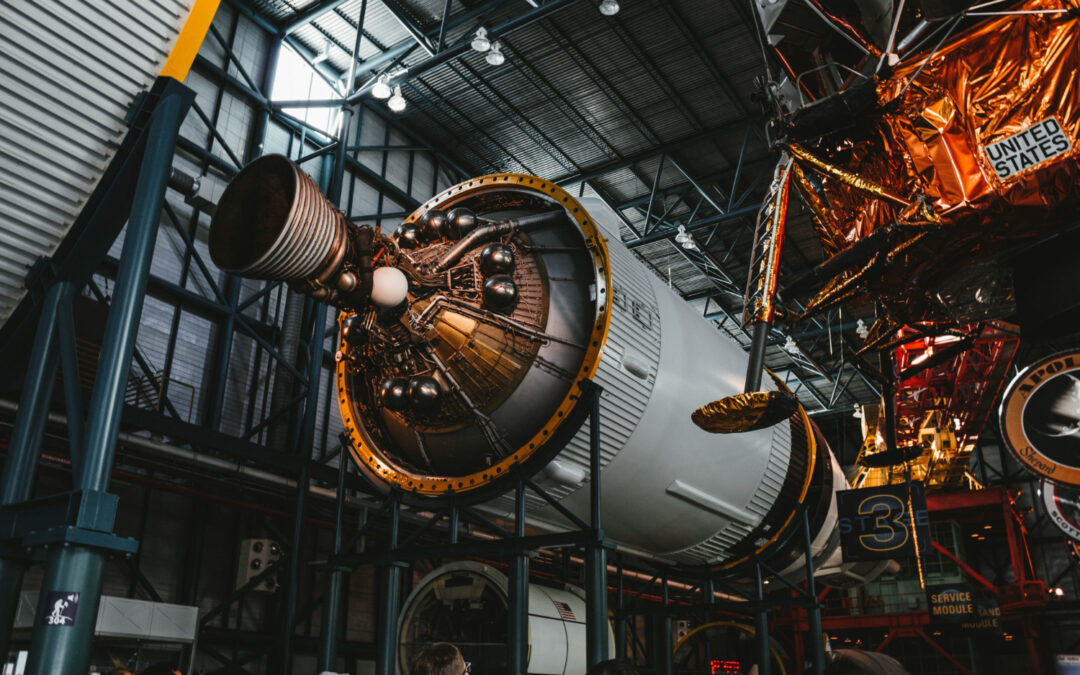As the aerospace industry advances, the need for high-performance, lightweight, and durable materials grows. One solution to meet these demands is vacuum metalizing. Vacuum metalizing, also known as physical vapor deposition (PVD), is a process of applying a thin metal layer to a surface to enhance its performance properties. In this article, we will discuss the top 7 applications of vacuum metalizing in the aerospace industry.
Other Related Article : The Advantage of Chrome Plating
Thermal Control Coatings
Thermal control coatings are essential in the aerospace industry. They protect the aircraft’s exterior from the harsh temperature changes and radiation in the atmosphere. Vacuum metalizing is used to apply a thin layer of aluminum or silver to the surface of the thermal control coatings. This layer reflects the heat and radiation, keeping the temperature inside the aircraft stable.
EMI/RFI Shielding
Electromagnetic interference (EMI) and radiofrequency interference (RFI) can cause significant problems in aircraft communication and control systems. Vacuum metalizing can provide EMI/RFI shielding to sensitive electronic components by applying a conductive metal layer, such as copper, nickel, or silver. This layer blocks the interference from other electronic devices and reduces signal noise.
Anti-Reflective Coatings
The cockpit windows of an aircraft need to provide a clear view for the pilots to see the outside world. However, the reflective properties of the window can cause glare, making it challenging to see. Vacuum metalizing can apply an anti-reflective coating to the window surface. This coating reduces the reflection, enhancing the clarity and visibility of the cockpit windows.
Decorative Finishing
Vacuum metalizing is not only functional but also aesthetically pleasing. Decorative finishing is widely used in the aerospace industry for branding and visual appeal. By applying a thin layer of metal, such as gold, chrome, or titanium, on the surface of the aircraft’s interior or exterior parts, they can achieve a metallic look, making the aircraft look modern and sleek.
Corrosion Resistance Coatings
Aircraft operate in harsh environments, exposing the metal parts to corrosive elements, such as moisture and salt. Corrosion can weaken the structure and reduce the lifespan of the aircraft. Vacuum metalizing can provide a protective layer against corrosion. By applying a layer of metal, such as aluminum, zinc, or stainless steel, to the surface of the metal parts, they can prevent the corrosive elements from coming into contact with the metal surface.
Wear and Abrasion Resistance Coatings
Aircraft parts that experience friction, such as bearings, gears, and turbines, are prone to wear and tear. Vacuum metalizing can provide a wear and abrasion resistance coating to extend the lifespan of these parts. By applying a layer of metal, such as titanium, on the surface of the parts, they can increase their hardness and durability, reducing the wear and tear.
Dielectric Coatings Dielectric coatings are used to insulate electronic components from each other. Vacuum metalizing can provide a dielectric coating by applying a layer of ceramic, such as aluminum oxide or titanium oxide, to the surface of the components. This coating provides electrical insulation and protects the components from short circuits and other electrical issues.

